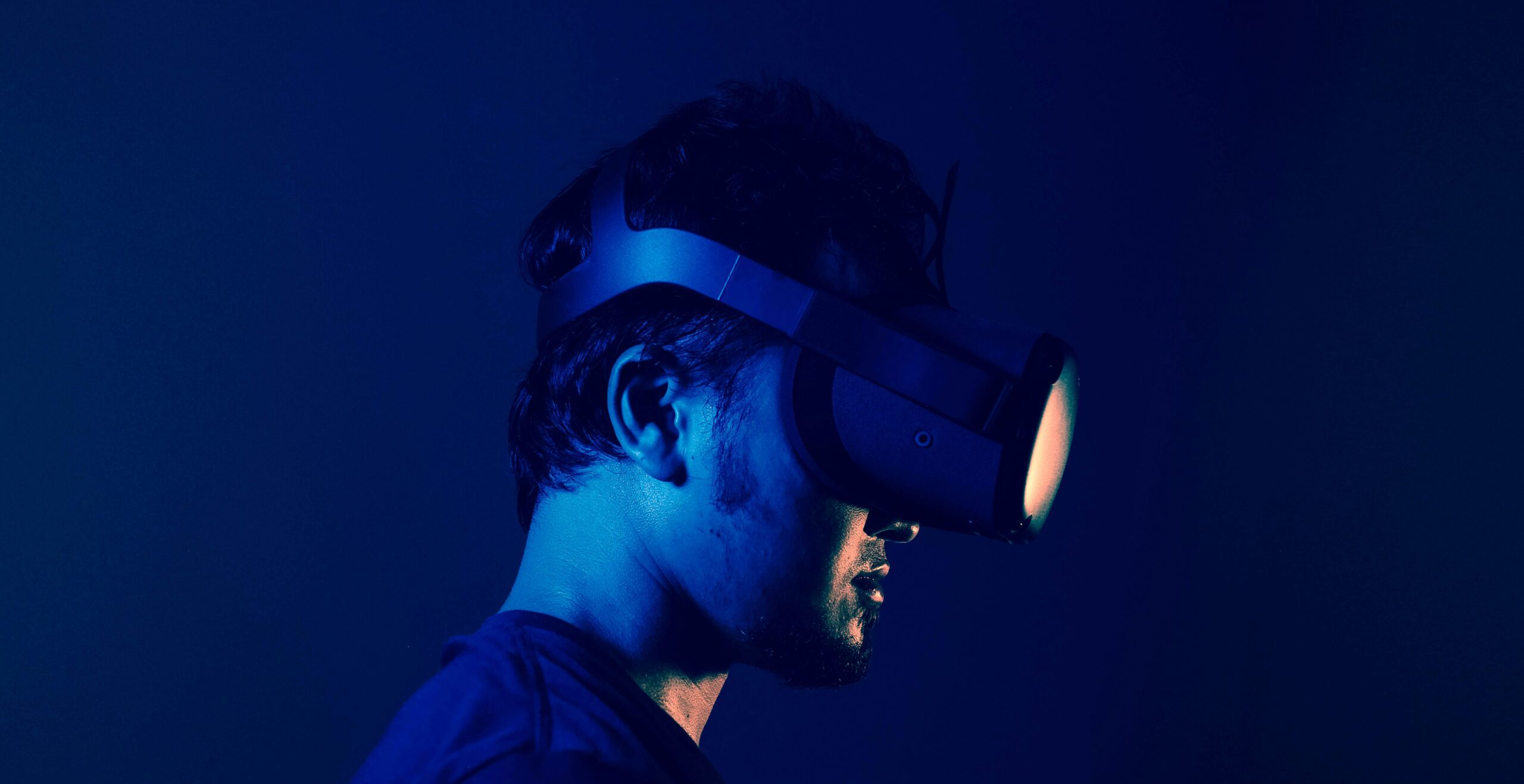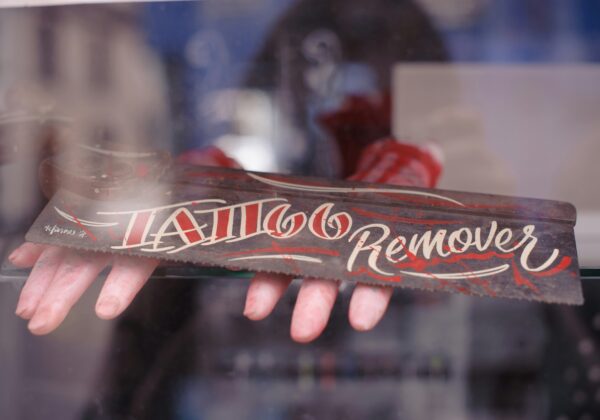The world of tattooing has always been one of innovation and creativity, with artists continuously pushing the boundaries of what can be achieved with ink and skin. As technology advances, it inevitably finds its way into artistic practices, and tattooing is no exception. One of the most exciting technological advancements making waves in the tattoo industry is virtual reality (VR). This cutting-edge technology is transforming how tattoos are designed and experienced, offering unprecedented levels of customization and precision.
The Intersection of Technology and Tattooing
Virtual reality, once primarily associated with gaming and entertainment, is now being harnessed by tattoo artists to enhance their creative processes. VR provides a three-dimensional, immersive environment where artists and clients can visualize and modify tattoo designs in real-time. This technology bridges the gap between conceptual ideas and the final inked product, allowing for a collaborative and interactive design process.
Enhancing the Design Process
Traditionally, the tattoo design process involves sketches and stencil transfers, which can sometimes lead to misunderstandings or dissatisfaction with the final result. With VR, clients can “try on” their tattoos before committing to the needle. By wearing a VR headset, they can see a realistic preview of the tattoo on their body from various angles and in different lighting conditions. This immersive experience helps clients make informed decisions and ensures they are completely satisfied with the design.
For tattoo artists, VR offers a new level of creative freedom. Artists can use VR tools to manipulate designs with precision, adjusting size, placement, and intricate details in ways that are not possible with traditional methods. This technology also allows artists to experiment with complex designs and visual effects, pushing the boundaries of their artistic capabilities.
Collaborative Customization
One of the most significant advantages of VR in tattoo design is the enhanced collaboration between artist and client. In the VR environment, clients can provide immediate feedback, and artists can make adjustments on the spot. This dynamic interaction fosters a deeper connection between the two parties, resulting in a tattoo that truly reflects the client’s vision and the artist’s expertise.
Overcoming Design Challenges
Certain tattoo designs, such as large-scale pieces or those intended for tricky body areas, can be challenging to conceptualize and execute. VR helps overcome these challenges by providing a comprehensive view of how the design will interact with the body’s contours and movements. Artists can fine-tune the design to ensure it looks aesthetically pleasing from all perspectives, reducing the likelihood of any post-tattooing regrets.
Educational and Training Opportunities
Beyond design, VR is also proving to be a valuable tool for training aspiring tattoo artists. VR training programs can simulate the tattooing process, allowing students to practice techniques in a risk-free environment. This hands-on experience is invaluable for honing skills and building confidence before working on real clients. Additionally, experienced artists can use VR to explore new techniques and styles, continuously evolving their craft.
Practical Applications and Innovators
As of 2023-2024, the integration of virtual reality (VR) in tattoo design has seen significant uptake among pioneering artists and studios, leading to transformative changes in how tattoos are conceptualized, previewed, and executed. For example, Sacred Tattoos in New York and INKARNET in Los Angeles are leading the way, offering clients advanced VR experiences to preview and customize their tattoos. These studios report higher client satisfaction and a noticeable reduction in appointment times due to the precision and clarity VR provides. Several pioneering tattoo artists are at the forefront of this technological revolution. David Vega and Manuel Gutierrez (Manny G) are notable examples. They have integrated VR into their design processes, enabling clients to visualize intricate designs on a 3D model of their body. This innovation not only enhances the client experience but also allows these artists to push their creative boundaries.
The Future of VR in Tattooing
As VR technology continues to advance, its applications in the tattoo industry are likely to expand. Future developments may include more sophisticated VR tools that mimic the tactile sensations of tattooing, providing an even more realistic experience for both artists and clients. Additionally, augmented reality (AR) could complement VR by allowing clients to see digital overlays of tattoo designs on their skin using smartphones or tablets.
Conclusion
Virtual reality is ushering in a new era of customization in tattoo design, revolutionizing the way artists and clients approach the tattooing process. By offering an immersive, interactive, and collaborative experience, VR is setting a new standard for creativity and precision in the industry. As technology continues to evolve, the possibilities for innovation in tattooing are limitless, promising an exciting future for artists and ink enthusiasts alike.



